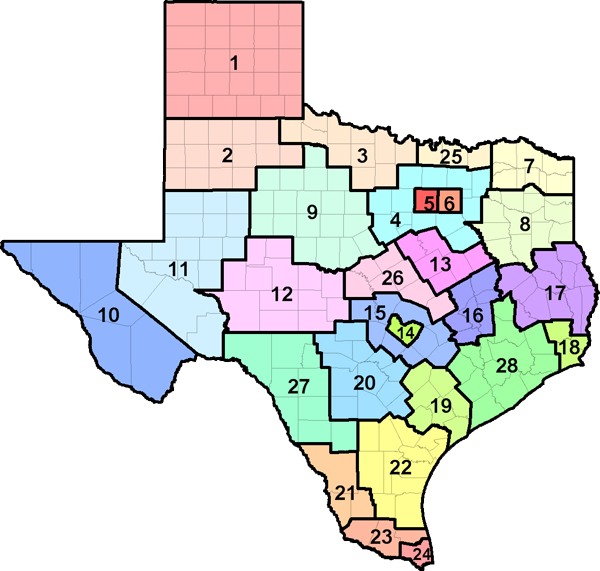The U.S. Department of Labor has developed an automated occupational information database, O*NET, that identifies and describes work content, work skills, and training requirements for all jobs across the country in all sectors of the economy. Much of the occupational information contained in this report is derived directly from the O*NET database, and supplemented with information from the Bureau of Labor Statistics, Census Bureau, and Labor Market and Career Information.

| Industry | % of Refractory Materials Repairers, Except Brickmasons employed | Annual Growth Rate |
|---|---|---|
| Iron and steel mills and ferroalloy manufacturing | 35.5 | 0.00 |
| Building equipment contractors | 12.6 | 0.00 |
| Foundries | 8.5 | -100.00 |
| 2024 Statewide average hourly wage | $28.37 |
| 2024 National average hourly wage | $29.56 |
| 2022 National employment | 600 |
| 2022 Texas employment | 138 |
| Texas projected employment by 2032 | 124 |
| Texas projected annual employment and Turnover openings through 2032 | 9 |

| Region | Employment | Projected Employment 2032 | Projected Annual Openings 2032 |
Annual Growth Rate |
Average Income |
|---|---|---|---|---|---|
| Texas (all regions) | 138 | 124 | 9 | -1.06% | $59,015.00 |
| Top 10 Relevant Knowledge Areas | Relevant Importance Levels |
|---|---|
| Mechanical Knowledge of machines and tools, including their designs, uses, repair, and maintenance. |
|
| Production and Processing Knowledge of raw materials, production processes, quality control, costs, and other techniques for maximizing the effective manufacture and distribution of goods. |
|
| Public Safety and Security Knowledge of relevant equipment, policies, procedures, and strategies to promote effective local, state, or national security operations for the protection of people, data, property, and institutions. |
|
| English Language Knowledge of the structure and content of the English language including the meaning and spelling of words, rules of composition, and grammar. |
|
| Mathematics Knowledge of arithmetic, algebra, geometry, calculus, statistics, and their applications. |
|
| Chemistry Knowledge of the chemical composition, structure, and properties of substances and of the chemical processes and transformations that they undergo. This includes uses of chemicals and their interactions, danger signs, production techniques, and disposal methods. |
|
| Design Knowledge of design techniques, tools, and principles involved in production of precision technical plans, blueprints, drawings, and models. |
|
| Education and Training Knowledge of principles and methods for curriculum and training design, teaching and instruction for individuals and groups, and the measurement of training effects. |
|
| Building and Construction Knowledge of materials, methods, and the tools involved in the construction or repair of houses, buildings, or other structures such as highways and roads. |
|
| Engineering and Technology Knowledge of the practical application of engineering science and technology. This includes applying principles, techniques, procedures, and equipment to the design and production of various goods and services. |
| Top 10 Relevant Skill Areas | Relevant Importance Levels |
|---|---|
| Operations Monitoring Watching gauges, dials, or other indicators to make sure a machine is working properly. |
|
| Repairing Repairing machines or systems using the needed tools. |
|
| Operation and Control Controlling operations of equipment or systems. |
|
| Equipment Maintenance Performing routine maintenance on equipment and determining when and what kind of maintenance is needed. |
|
| Active Listening Giving full attention to what other people are saying, taking time to understand the points being made, asking questions as appropriate, and not interrupting at inappropriate times. |
|
| Critical Thinking Using logic and reasoning to identify the strengths and weaknesses of alternative solutions, conclusions, or approaches to problems. |
|
| Coordination Adjusting actions in relation to others' actions. |
|
| Troubleshooting Determining causes of operating errors and deciding what to do about it. |
|
| Time Management Managing one's own time and the time of others. |
|
| Reading Comprehension Understanding written sentences and paragraphs in work-related documents. |
| Top 10 Relevant Abilities | Relevant Importance Levels |
|---|---|
| Arm-Hand Steadiness The ability to keep your hand and arm steady while moving your arm or while holding your arm and hand in one position. |
|
| Extent Flexibility The ability to bend, stretch, twist, or reach with your body, arms, and/or legs. |
|
| Near Vision The ability to see details at close range (within a few feet of the observer). |
|
| Manual Dexterity The ability to quickly move your hand, your hand together with your arm, or your two hands to grasp, manipulate, or assemble objects. |
|
| Control Precision The ability to quickly and repeatedly adjust the controls of a machine or a vehicle to exact positions. |
|
| Multilimb Coordination The ability to coordinate two or more limbs (for example, two arms, two legs, or one leg and one arm) while sitting, standing, or lying down. It does not involve performing the activities while the whole body is in motion. |
|
| Oral Comprehension The ability to listen to and understand information and ideas presented through spoken words and sentences. |
|
| Trunk Strength The ability to use your abdominal and lower back muscles to support part of the body repeatedly or continuously over time without "giving out" or fatiguing. |
|
| Gross Body Equilibrium The ability to keep or regain your body balance or stay upright when in an unstable position. |
|
| Oral Expression The ability to communicate information and ideas in speaking so others will understand. |